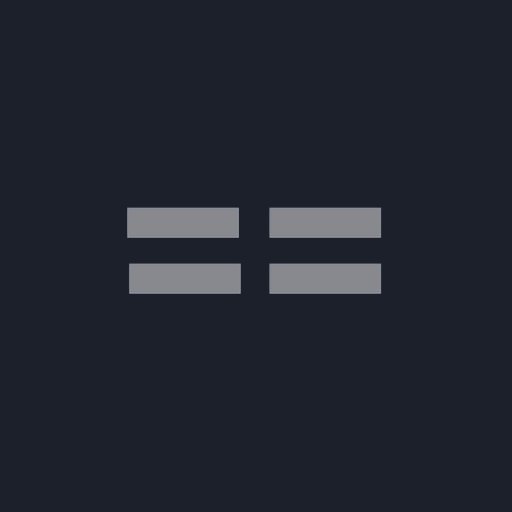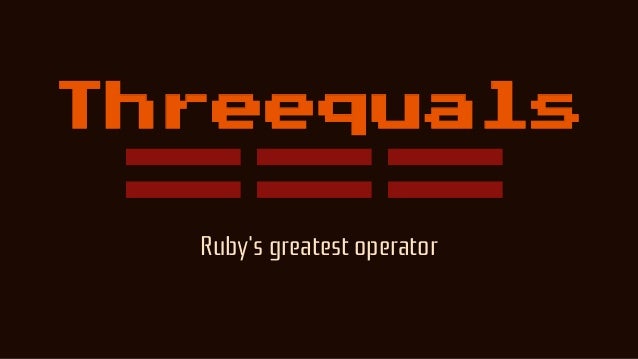Knowing the lingo matters
When it comes down to certain things in JS, they become second nature and as a developer I often will start writing certain code without giving a second thought to why I did it. “That’s just the way it is” or “You use x when you need y…” But as I learned from a recent telephone screen, sometimes the simplest concepts can trip you up when it comes down to explaining them. Most developers with any experience in Javascript will instinctively use =, ==, and === correctly. I recently got asked the question “What is the difference between == and === in Javascript and I could not explain it in a clear and concise manner. I understand the concept. I was able to convey that I did. But I took about 5 minutes to long to try and explain it. I still got to the next interview round, but for future reference, I wanted to write out the proper definitions behind all three usages of the ‘equals’ sign.
= - The assignment operator
![]()
= in JavaScript is used for assigning values to a variable. It is called as assignment operator and can evaluate to the assigned value.
- It does not return true or false
- = simply assign one value of variable to another one.
- = will not compare the value of variables at all.
let x = 1
In the example above we are using = to assign 1 to the variable x.
== - A comparison operator

== in JavaScript is used for comparing two variables, but it ignores the datatype of variable. It is called a comparison operator and checks the equality of two operands without considering their type.
- Return true if the two operands are equal. It will return false if the two operands are not equal.
- == make type correction based upon values of variables.
- The == checks for equality only after doing necessary conversations.
1 == "1"
The above would return true as 1 is equal to 1, we do not check the datatype, so it doesn’t matter that the second 1 is a string.
=== - Another comparison operator

=== is used for comparing two variables, but this operator also checks datatype and compares two values. It is also called a comparison operator and compares equality of two operands with their types.
- It returns true only if both values and data types are the same for the two variables.
- === takes type of variable in consideration.
- If two variable values are not similar, then === will not perform any conversion.
1 === 1
The above would return false as the first 1 is an integer, while the second one is a string. Since the datatypes are different, it is inconsequential that 1 and “1” are the same, since strictly speaking strings and integers are not the same.
The moral of the story
Looking back, it is a simple question with a simple answer. To answer the question concisely:
== is a comparison operator that will compare two values while === will also account for the datatypes.